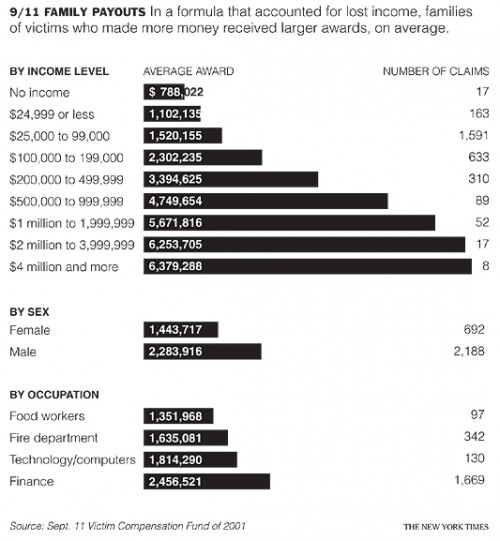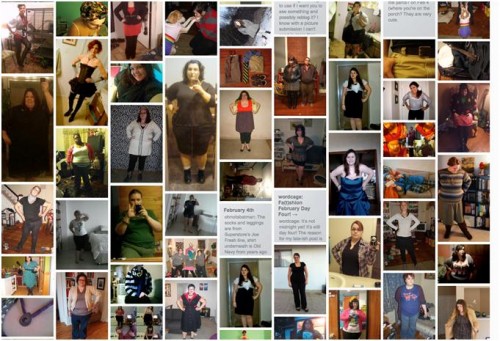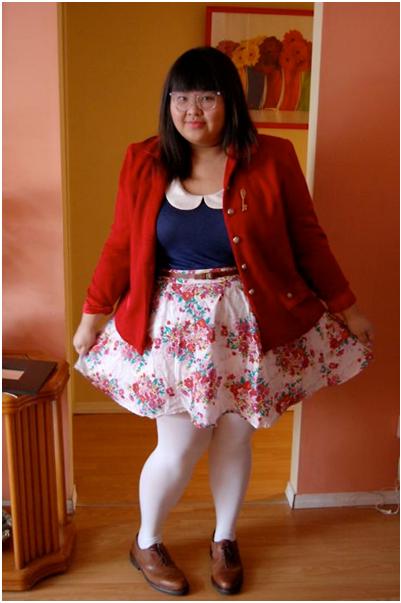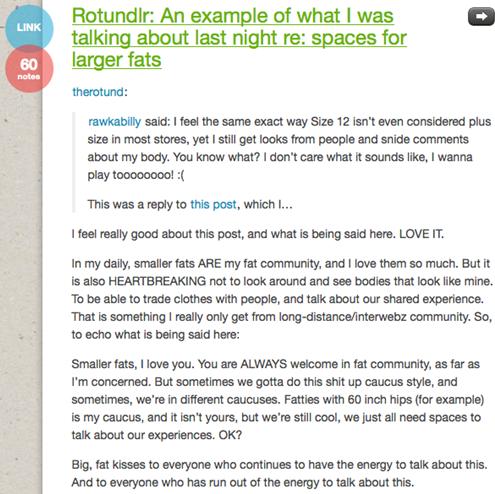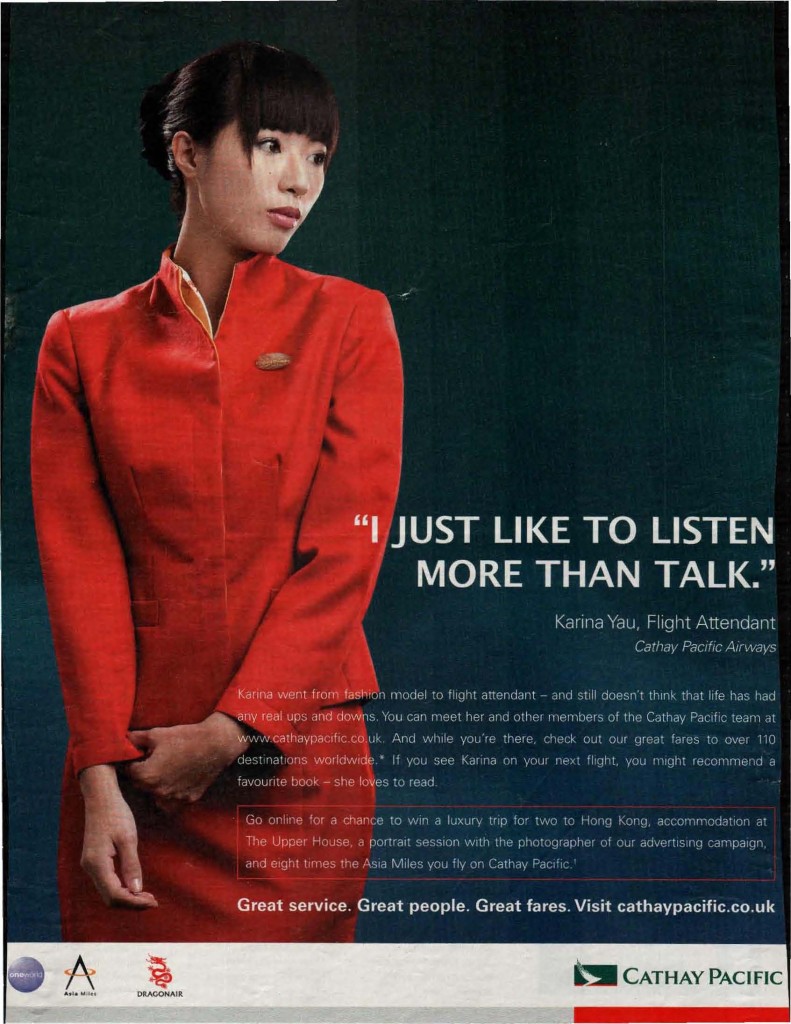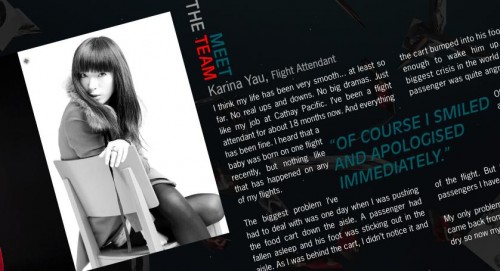I recently came across the guideline that was used to calculate how much money was to be paid out to the victims of the attacks on September 11. This was a fund that was set up by the US government partly because of the scale and the unprecedented nature of the September 11th attacks and partly to diminish the amount of lawsuits that the airlines would receive.
According to the New York Times article it goes as follows:
1. Economic loss.
2. Set amounts for pain and suffering: $250,000, plus $100,000 for each surviving spouse and child.
3. Subtract any life insurance paid.
Along with the rubric, The Times also included a chart that showed the amount of payouts that took place as of 2007:
Putting a price on a life is already a difficult concept to parse through. So I am not taken back that the people in charge actually found a price for each of the victims (some compensation had to be made for those individuals who now found themselves without the sole or part-earner in the household).
What I am taken back by is the stratification of how the payouts were dispersed. Who is to say a person makes no income is worth less than a person who makes 4 million and up? Who is to say females are worth less than males? Who is to say that food workers are worth less than individuals who work in finance?
I get the aspect that a person who was a blue collar worker or someone of no income will get less of a payout than a white collar worker or someone who was making $4 million based on the first guideline “economic loss”. But even that argument doesn’t hold much weight as that the food worker might be the next JK Rowling or that person of no income could be the next Bill Gates. Why would it not account for ability not yet realized? We are a meritocratic republic aren’t we?!
Even in a national tragedy like the attacks on September 11 we can’t seem to follow through on the belief that we are a classless society. These payouts are, unfortunately, the reality of the extreme stratification that we hide when we, as a society, claim that we are classless.
AFTER THE JUMP: STEVE GRIMES RESPONDS TO THE COMMENTS THREAD…

